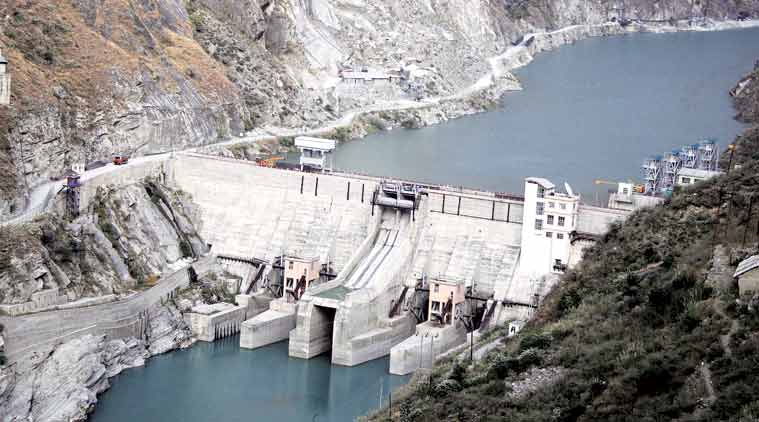A sub-committee of the Environment ministry’s Forest Advisory Committee has recommended clearance of the 3,097-MW Etalin hydroelectric project near a tiger habitat in Arunachal Pradesh’s Dibang Valley district, accepting “in toto” the report of a field study by the Wildlife Institute of India under the same ministry.
Funded by the developer, the WII study concluded that the project would not affect tigers since none was camera-trapped in the project area during the four-month fieldwork.

Yet the report sought Rs 4 crore, as part of a Rs 11-crore conservation plan, for research and “monitoring tiger distribution and movements” in a 10-km radius of the project site for five years.
Story continues below this ad
Reasoning that “villages, habitat degradation, hunting, high vehicle movement and low prey base” might have kept tigers away from the proposed project area, the WII report said that tiger presence could not be “completely ruled out” based on the short study.
Therefore, stopping short of naming itself, the WII recommended: “A competent research organisation needs to be engaged for this monitoring research in collaboration with the state forest department.”
Asked why the institute did not opt for a longer study and how monitoring tigers in the area would guide policy once the project was cleared, Dr G V Gopi, coordinator of the study and WII scientist, said: “We worked within a time frame and it is up to the forest department which research organisation they engage (for the prescribed monitoring) or how they factor in future research inputs.”
Advising that “the project may be allowed,” the FAC sub-committee noted last month: “The wildlife study done by WII is accepted in toto… along with all the recommendations with condition that the UA (user agency) funds the Conservation Plan.”
Story continues below this ad
The FAC considered the recommendations “favourably” during its April 23 meeting held via videoconference.
Senior Environment ministry officials did not respond to queries for comments.
Several aspects of the WII’s engagement in the clearance process of the Etalin hydel project raise questions of propriety and conflict of interest.
Consider these:
* In February 2017, the FAC sought a “multiple seasonal replicate” study to assess the abundance of wildlife at the proposed project site. The WII limited the study to four months of fieldwork and expanded its scope to charting a conservation plan for mitigating the project’s impact.
Story continues below this ad
* Etalin Hydro Electric Power Company Limited, a JV between Jindal Power Limited and the state government, funded the Rs 1.7-crore study, following an order by the ministry in September 2017 that “the cost of the study will be borne by the user agency as demanded by WII”.
* The study was led by WII’s Dr Gopi who was also picked as a member of the FAC sub-committee that subsequently accepted the study’s recommendations.
Proposed at a distance of 12 km from Dibang wildlife sanctuary, the Rs 25,000-crore Etalin hydel project will require felling 278,038 trees over 11.65 sq km of mostly thick, multi-strata, “truly irreplaceable” subtropical evergreen broad-leaved forest. The FAC has considered the project four times since 2015.
This is not the only instance when the WII sought funds from developers for studying project sites. In 2018, while conducting a study for the 1,750-MW Lower Demwe hydel project in Lohit district of Arunachal Pradesh, the WII held three meetings with developer Athena Demwe Power Limited “to find a way forward” for the project, proposing that construction could begin while the institute conducted another two-year, Rs 1.85-crore study funded by the developer to determine the dam’s peaking operations.
Story continues below this ad
In contrast, the Environment ministry funded in 2017 the Rs 36.87-lakh WII study on conservation of black-necked crane in the proximity of Nyamjang Chu hydel project site in Tawang district of Arunachal Pradesh. The study recommended “a strong refusal for the construction of the dam” in the ecologically rich valley.

 Yet the report sought Rs 4 crore, as part of a Rs 11-crore conservation plan, for research and “monitoring tiger distribution and movements” in a 10-km radius of the project site for five years. (Representational)
Yet the report sought Rs 4 crore, as part of a Rs 11-crore conservation plan, for research and “monitoring tiger distribution and movements” in a 10-km radius of the project site for five years. (Representational)





























